What does error E16 mean on my Toshiba Heat Pump?
- DDylan GreerAug 13, 2025
If your Toshiba Heat Pump displays error code E16, this indicates either a capacity overload (00) or an issue with the number of connected units (01~).

What does error E16 mean on my Toshiba Heat Pump?
If your Toshiba Heat Pump displays error code E16, this indicates either a capacity overload (00) or an issue with the number of connected units (01~).
What does error E20 mean on a Toshiba Heat Pump?
Error code E20 on your Toshiba Heat Pump indicates that another line is connected during automatic addressing. This could mean either another outdoor line (01) or another indoor line (02) is connected.
What does error E19 mean on my Toshiba Heat Pump?
Error code E19 on your Toshiba Heat Pump indicates an issue with the header outdoor units. Specifically, it could mean that there is no header unit (00) or that there are two or more header units (02).
What does it mean if my Toshiba Heat Pump shows error code E06?
If you see error code E06 on your Toshiba Heat Pump, it indicates a decrease in the number of indoor units that are normally received.
What does error code E23 mean for a Toshiba Heat Pump?
If your Toshiba Heat Pump is showing error code E23, it indicates a sending error between the outdoor units during communication.
What does it mean when my Toshiba Heat Pump displays error code E25?
If your Toshiba Heat Pump displays error code E25, it means there is a duplicated follower outdoor address setup.
What does error code E26 signify on a Toshiba Heat Pump?
If your Toshiba Heat Pump shows error code E26, it indicates a decrease in the number of outdoor units that are normally received.
What does error E28 mean on my Toshiba Heat Pump?
If your Toshiba Heat Pump displays error code E28, it indicates an error with the follower outdoor unit. The error code will show the detected outdoor unit number.
| Brand | Toshiba |
|---|---|
| Model | Super MMY-MAP0501HT8 |
| Category | Air Conditioner |
| Language | English |
Explains warning and caution symbols used in the manual.
Details electrical power supply requirements for outdoor units.
Illustrates wiring diagrams for power supply and control.
Explains control wiring configurations and specifications for system connections.
Lists cable specifications and requirements for control wiring.
Provides electrical specifications for single and combined outdoor units.
Details wiring requirements for indoor units and group operation.
Guides on connecting power supply and control cables to the outdoor unit.
Outlines the automatic procedure for setting indoor unit addresses.
Step-by-step guides for setting addresses via P.C. board or remote controller.
Explains how to manually set addresses using a wired remote controller.
Describes how to verify indoor unit addresses and their positions on the remote.
Details methods for clearing unit addresses and resetting to factory defaults.
Lists pre-operation checks and safety warnings for testing.
Step-by-step guides for conducting test operations via remote or P.C. board.
Explains how to perform tests using the outdoor unit's P.C. board switches.
Explains how to diagnose issues using the outdoor unit's segment display.
Lists common error codes displayed on the outdoor unit and their meanings.
Details requirements for refrigerant concentration limits in installation rooms.
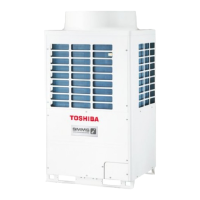
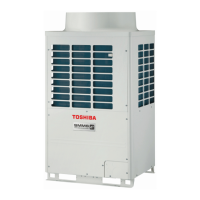

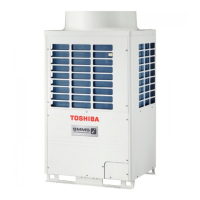
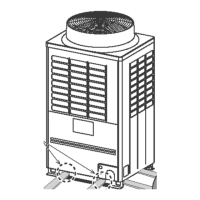
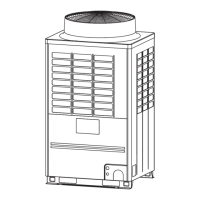




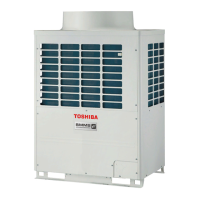

